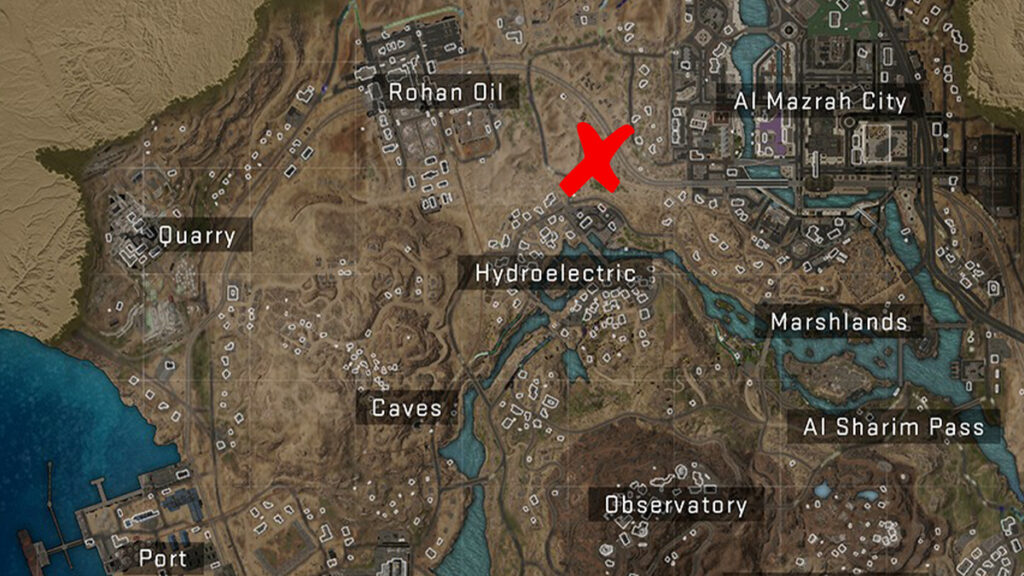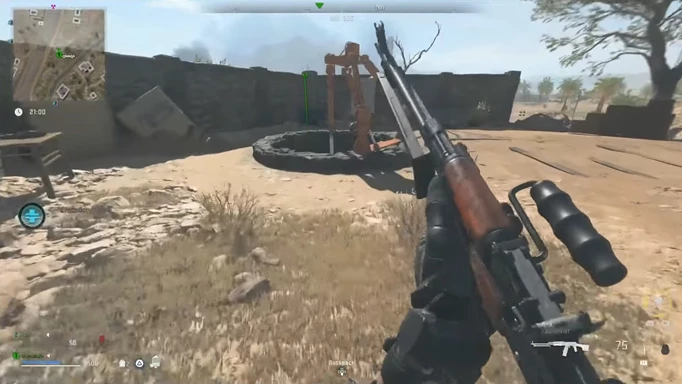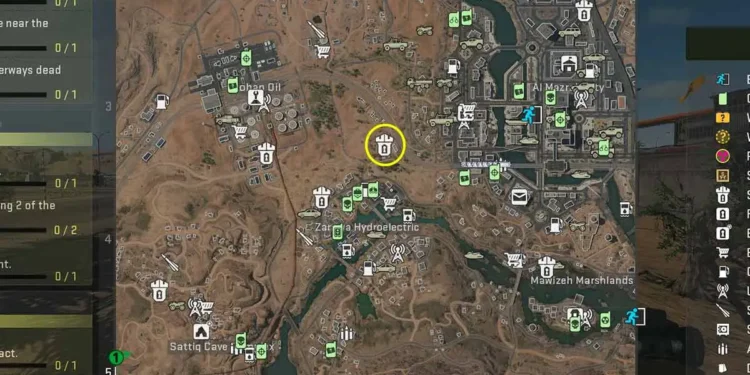dmz smuggling tunnels location or demilitarized zone, is a 4-kilometer wide area that separates North and South Korea. The DMZ is the most heavily fortified border in the world and is guarded by both North Korean and South Korean soldiers. Despite the heavy security, there are still a number of smuggling tunnels that have been built underneath the DMZ.
The first of these tunnels was discovered in 1974, and since then, a total of four tunnels have been found. The most recent tunnel was discovered in 1990 and is the largest of the four, measuring over two kilometers in length. It is estimated that the total cost of building all four of the tunnels was over $100 million.
dmz smuggling tunnels location
The tunnels were most likely built in order to smuggle weapons and supplies into South Korea, as well as to allow North Korean soldiers to launch surprise attacks on the South. The tunnels are also believed to be used as a way for North Koreans to defect to the South.
Despite the heavy security, the smuggling tunnels remain a serious problem for both North and South Korea. In recent years, there have been a number of incidents in which North Koreans have been caught trying to smuggle drugs and other contraband into the South. In one case, a North Korean soldier was caught with over two kilograms of methamphetamine.
The smuggling tunnels are a constant reminder of the tensions between North and South Korea, and the potential for violence. The fact that the tunnels exist at all is a testament to the determination of the North Koreans to find ways to skirt the heavy security measures that have been put in place.
The Location of Smuggling Tunnels in the DMZ

The Korean Demilitarized Zone (DMZ) is a strip of land that runs across the Korean peninsula. It is a buffer zone between North and South Korea, and is one of the most heavily militarized borders in the world. The DMZ is also home to a number of smuggling tunnels that have been used by North Koreans to smuggle goods and people into South Korea.
In recent years, a number of these tunnels have been discovered by South Korean authorities. The most recent discovery was made in March of 2016, when a tunnel was found that ran for over a kilometer (0.6 miles) underground. This tunnel was large enough to accommodate a small truck, and it is believed that it was used to smuggle goods into South Korea.
The discovery of these tunnels has led to a heightened state of alertness among South Korean security forces. In addition to increased patrols and surveillance, the South Korean military has also begun to use drones to monitor the DMZ for signs of tunneling activity.
The existence of these smuggling tunnels is a testament to the determination of the North Korean regime to continue its illicit activities, despite the heavy sanctions that have been placed on the country. It is also a reminder of the potential for violence and conflict that still exists on the Korean peninsula.
The Use of dmz smuggling tunnels location
dmz smuggling tunnels location, or Demilitarized Zone, is a heavily guarded area that serves as a buffer between North and South Korea. Despite its name, the DMZ is one of the most heavily militarized regions in the world. It is also home to a number of smuggling tunnels that have been used to transport people and goods between the two countries.
The first smuggling tunnel was discovered in 1974, and since then, dozens more have been found. These tunnels are typically built by North Koreans, and they are often equipped with electric lights, ventilation systems, and even railways. Some of the tunnels are large enough to transport vehicles, and some have been found to be over a kilometer in length.
The tunnels are used to smuggle a variety of goods, including weapons, drugs, and counterfeit money. They have also been used to transport refugees from North Korea. In recent years, the tunnels have been used less frequently, as the North Korean government has tightened border security.
The discovery of the tunnels has led to a number of military clashes between North and South Korea. In 1976, two American soldiers were killed by North Korean soldiers while investigating a tunnel. In 1984, a gun battle erupted between North and South Korean troops after a South Korean soldier was killed by a booby trap in one of the tunnels.
The tunnels remain a source of tension between the two Koreas, and they are a constant reminder of the potential for conflict in the region.
The History of Smuggling Tunnels in the DMZ
The demilitarized zone between North and South Korea is one of the most heavily fortified borders in the world.
The dmz smuggling tunnels location is a 4-kilometer-wide strip of land that runs across the Korean Peninsula, and it is the site of the armistice that ended the Korean War in 1953.
Since then, the DMZ has been a symbol of the division of the Korean peninsula, and it has become a popular destination for tourists from both North and South Korea.
However, the DMZ is also home to a number of smuggling tunnels that have been used to transport contraband between the two Koreas.
The first known smuggling tunnel was discovered in 1974
and it was believed to have been used by the North Korean military to transport troops and supplies during the Korean War.
Since then, a number of other smuggling tunnels have been found, and it is believed that there are many more that have yet to be discovered.
The most recent smuggling tunnel was discovered in March of 2016, and it is believed to be the largest and most sophisticated tunnel yet found.
The tunnel was discovered by South Korean soldiers who were conducting a routine patrol of the dmz smuggling tunnels location.

The tunnel is believed to have been used to transport weapons and other military supplies from North Korea to the South.
Smuggling tunnels are a serious security concern for both North and South Korea, and they have been the subject of a number of military and diplomatic disputes between the two countries.
In recent years, the South Korean government has been working to increase its surveillance of the dmz smuggling tunnels location in an effort to prevent the construction of new smuggling tunnels.
The history of smuggling tunnels in the dmz smuggling tunnels location is a long and complicated one, and it is a reflection of the ongoing division of the Korean peninsula.


